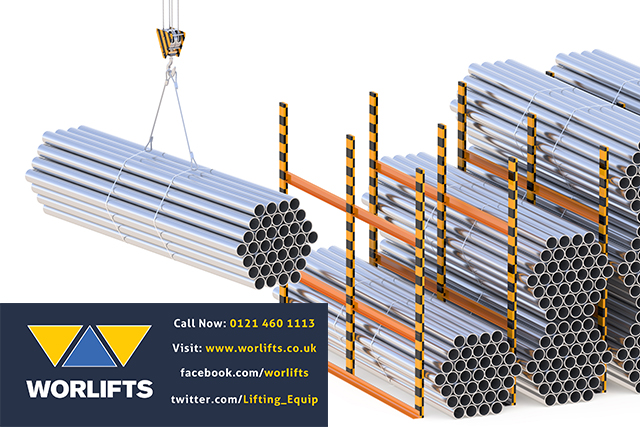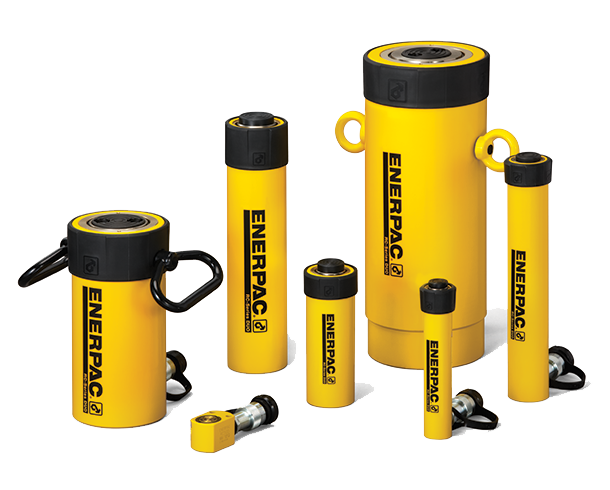What is LOLER and How Does it Affect Your Business?
Lifting operations form part of the routine activities of many businesses, but they run the risk of causing injury or damage. Understanding your legal obligations in this area allows you to keep your workplace safer and to avoid the unpleasant consequences of breaching the law.
What is LOLER?
The Lifting Operations and Lifting Equipment Regulations (1998) require that businesses manage their risk by ensuring that all actions involving lifting using apparatus are:
- planned suitably
- operated by someone who is qualified for the task
- under appropriate supervision
- and performed in a safe way
The equipment used for lifting must be:
- of sufficient quality
- suitable for the work being done
- marked with any necessary warnings or instructions
- checked and maintained regularly
The provisions of LOLER will generally apply alongside the requirements of various other health and safety regulations which relating to work equipment.

Does it Apply to Your Business?
LOLER will apply to anyone who provides lifting equipment for use at work or has control of lifting equipment at work. This includes both employers and self-employed contractors. This is obviously an issue for businesses which involve regularly working at height but can also apply to any business which goods or people are transported using a lift.
In terms of geography, LOLER will apply to your business anywhere in Great Britain including offshore for works or activities within the territorial waters of Great Britain. However lifting equipment on ships is genrally an exception, as is it other covered by other rules.
The regulations apply whether or not your business is the owner of the lifting equipment used, including if your employees provide their own equipment.
To What Acts and Equipment do the Regulations Apply?
The operations regulated by LOLER are any actions in which a load is lifted or lowered. The load is defined to include people and animals as well as objects.
The regulations also affect any work equipment used for lowering or raising loads, along with any accessories such as attachments to support or fix the equipment in place. The definition of equipment and accessories is wide and ranges from overhead cranes and their supporting runways to eye-bolts and rope slings, as well as patient hoists and goods and passenger lifts.
What Does your Business Need to do to Comply With the Legislation?
The actions you need to take can be summed up in 3 categories: planning the lifting operation, choosing appropriate equipment and examining and maintaining the equipment.
Although in many ways, these regulations are little more than common sense and sound business practice, the consequences of ignoring them can be severe, with large fines and even imprisonment for those businesses which flout the rules. Careful planning, suitable training and accurate recording can ensure that your business is compliant with LOLER, and that your workplace is safe.
Planning
All lifting activities must be planned and carried out by a “competent person”, i.e. someone with the knowledge, experience and training to assess risk accurately and ensure that the activities are carried out safely. A suitable plan should:
- assess the risks involved
- identify the resources needed
- list the procedures needed to perform the lifting operation at each stage and identify who is responsible for each action.
Routine lifting operations such as loading goods onto a truck, using a lift or hoisting a patient will usually only require a plan to be drawn up once and then regularly reviewed. More complicated or site-specific operations will generally need an individual plan each time.
Checking and Maintaining Equipment
All equipment used for lifting must be carefully checked by someone suitably qualified:
- before it is put into operation
- when it is reconfigured or installed in a new location
- at least every 6 months for lifting accessories or for equipment carrying people
- at least annually for all other equipment
- when equipment is exposed to conditions which might cause it to deteriorate.
Choosing Equipment
When carrying out a lifting operation, it is important to identify and use appropriate equipment for the load. The regulations require that lifting equipment must be:
- adequately strong and stable
- placed and set up in a way which minimizes the risk of the load falling or hitting anyone
- visibly marked with any information necessary for its safe use, including the “safe working load.”
In addition, any containers being lifted must be suitable for holding their contents safely during the lifting process. There are extra procedures which must be followed if the load being lifted consists of a person or people.
Loler Exceptions
There are some items that are not covered by LOLER. These exceptions include:
- pallet trucks
- escalators
- fall arrest ropes
- dentists’ chairs
- tipper trucks
- roller shutter doors
related Expert Guides
Ready To Buy?
Check out the hydraulic cylinder range directly available from our shop.
If you are unable to find the ideal solution or require assistance then Worlifts team of in-house experts are able to assist. Send us a message via our contact form or call us on +44(0)121 460 1113

Need To Hire?
Check out the hydraulic cylinder range directly available from our hire range.
If you are looking to hire then Worlifts offers an extensive range of Hydraulic Tools. Contact our in-house experts who will be happy to assist. Send us a message or call us on +44(0)121 460 1113